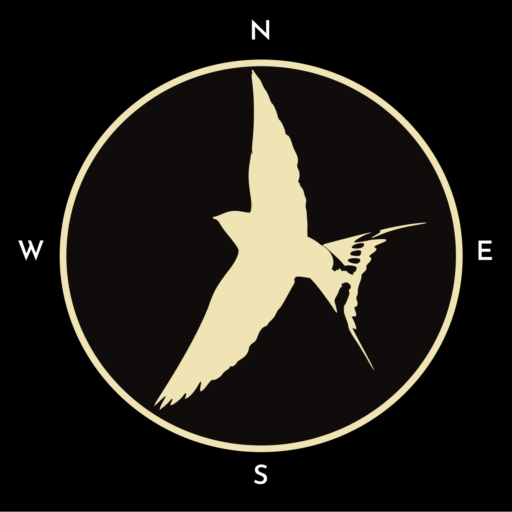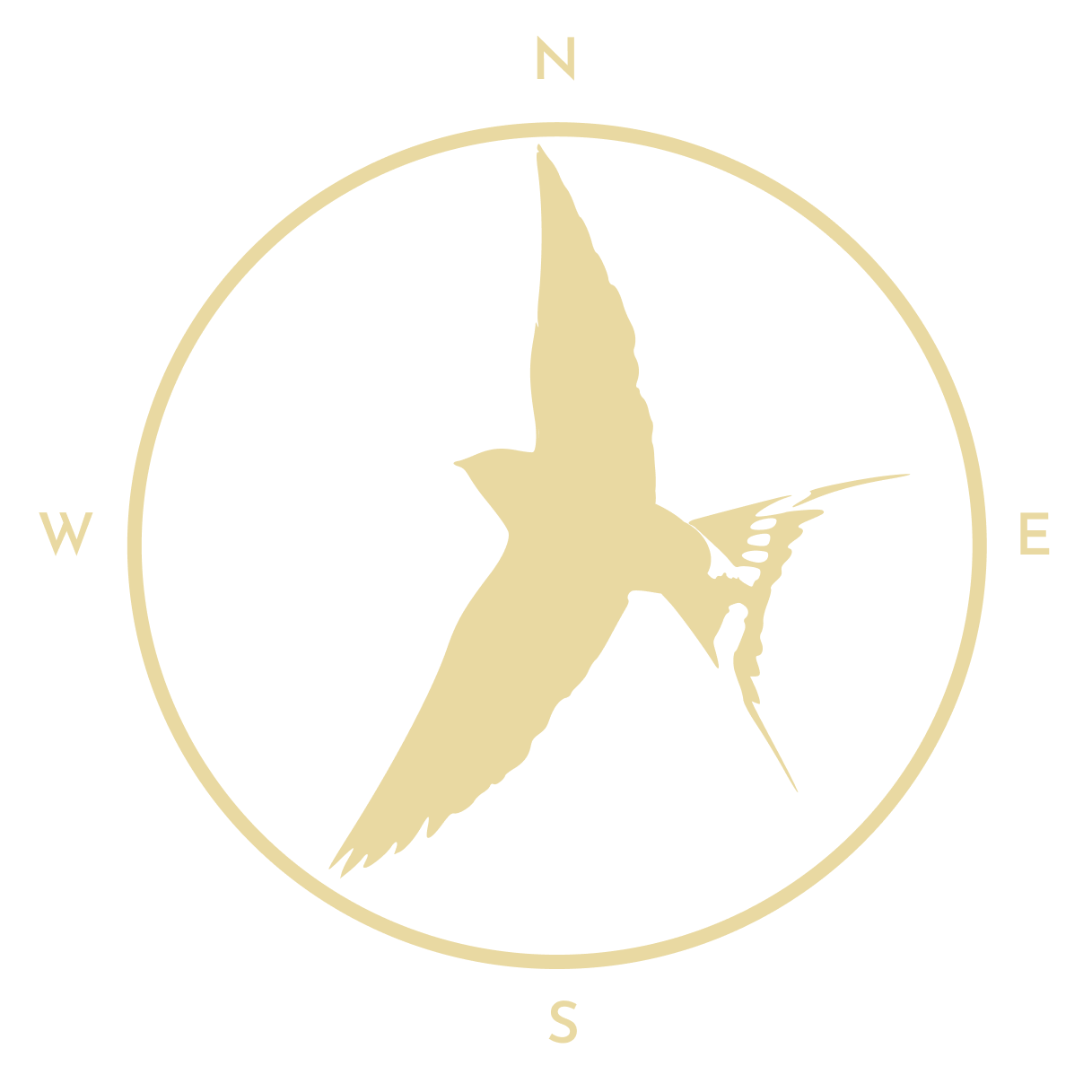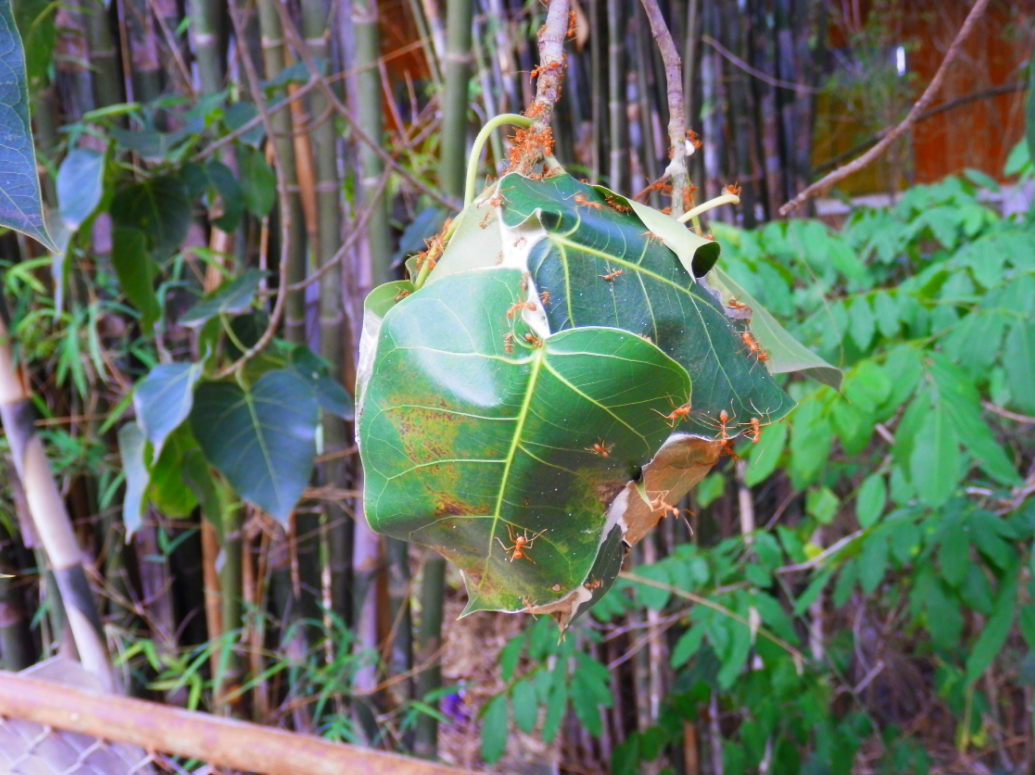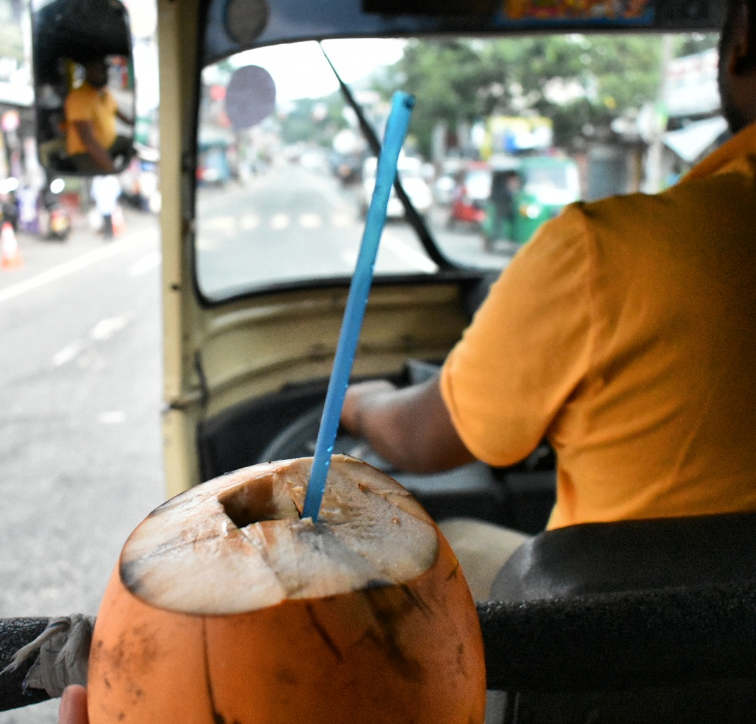If you’re getting tired with the Thai heat that just reinforce the fact that you’re in the tropics, Doi Inthanon National Park in the north is worth heading for. It’s the highest point in Thailand and marks the periphery of the Himalayas, so as you can imagine it gets a little colder up here than down in Chiang Mai. In fact, when I rode back down on a songthaew I could feel the heat rising, like a really slow sauna – but more on that later.
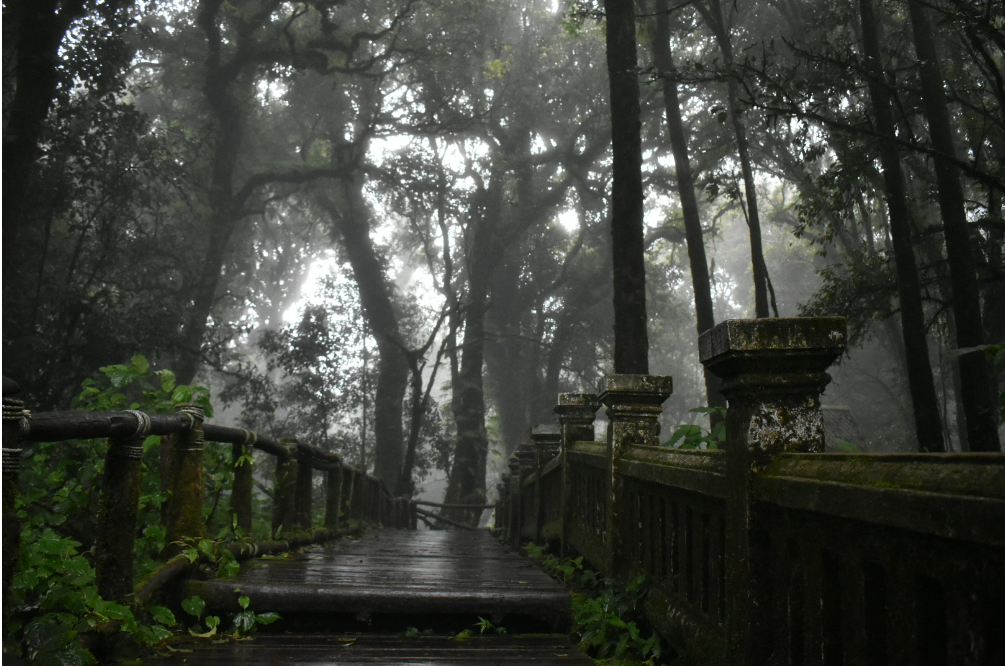

What kind of wildlife is there?
DI has built up quite a reputation for birding, given its position, climate and vegetation; if you thought rhodedendrons, pine trees and conkers could never grow in the tropics, chances are high that you’re sane and sober. Mother nature wasn’t, and the result is a huge variety of birdlife, a few of which are only found in DI itself.
When I went out, it was a birdwatcher’s dream come true; one colourful lifer (birdwatcher’s term for new species) after another, at different stages of the walk, not just one annoying species that keeps cropping up or hours spent looking for something small and brown.
DI is not known for large animals. There are Chinese gorals, goat-like animals, living on the slopes, that have sometimes been seen near the Twin Pagodas early in the morning. Squirrels and tree shrews can be found in the trees in my guesthouse’s garden, and there were also a couple of long-horned spiders making webs outside my room.
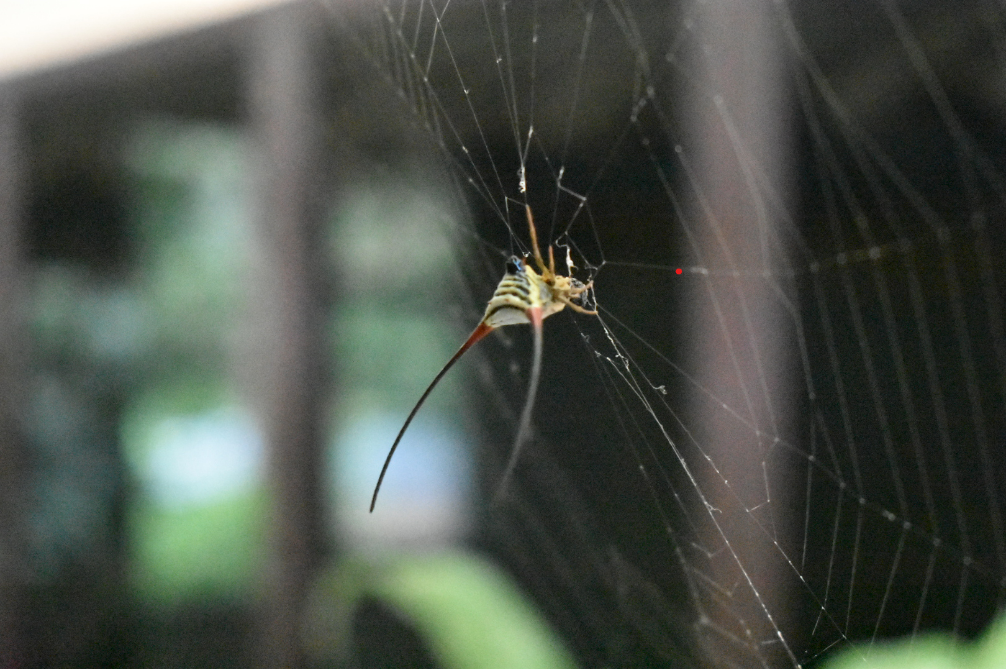

The guesthouse owners kindly provided me with a map, umbrella and torch, and the two good birdwatching sites within walking distance were the HQ area and a jeep track at km 34.5.
One thing I wish I’d known; the birdlife gets really active once it wakes up at around 7am, but before then the forest is mostly quiet. So don’t get up too early; it will be a bigger wasted sleep than going to a 9am lecture, only to find out it’s cancelled and they didn’t tell you (I am NEVER letting that one go!).
What else is there to see here?
There are a lot of sights here, including some impressive waterfalls, a moss-covered boardwalk and the Twin Pagodas, shrines dedicated to the Thai Royal family. Because of this, they also have neatly manicured gardens on their slopes. DI is also a good place to get the authentic hill tribe experience you’ll often hear touted in Chiang Mai; I had breakfast in a Hmong village near my guesthouse, and it was nice to watch people in traditional clothing carrying produce from the farms, riding scooters and serving a hungry backpacker. Basically, doing normal things rather than putting on another drama for tourists in the hopes that one might buy a scarf.
Where to stay and eat
As with most national parks, there are resorts here offering all the razmataz and charge prices to match. On a more manageable end of the scale, camping and bungalows are available here. The more equipment you have, the less you will pay in rental fees.
However, a much better deal exists; Mr Daeng’s Bird Centre. I had a lot of trouble finding information about the place, and what I could find ranged from “basic” to “goat-cage”. I came with humble expectations, but was thrilled with the result. Tall, wide beds with thick blankets for warmth, free soap, shampoo and mineral water, a hot shower and mozzie screens welcomed me. The dining area is plastered with images of DI’s birds and the owners are very helpful people. Mr Daeng himself is the go-to guy for wildlife, while his wife appears to handle the hospitality side of the business. The twin room I rented out cost me 500 THB, and if you’re travelling with someone it should be about the same.
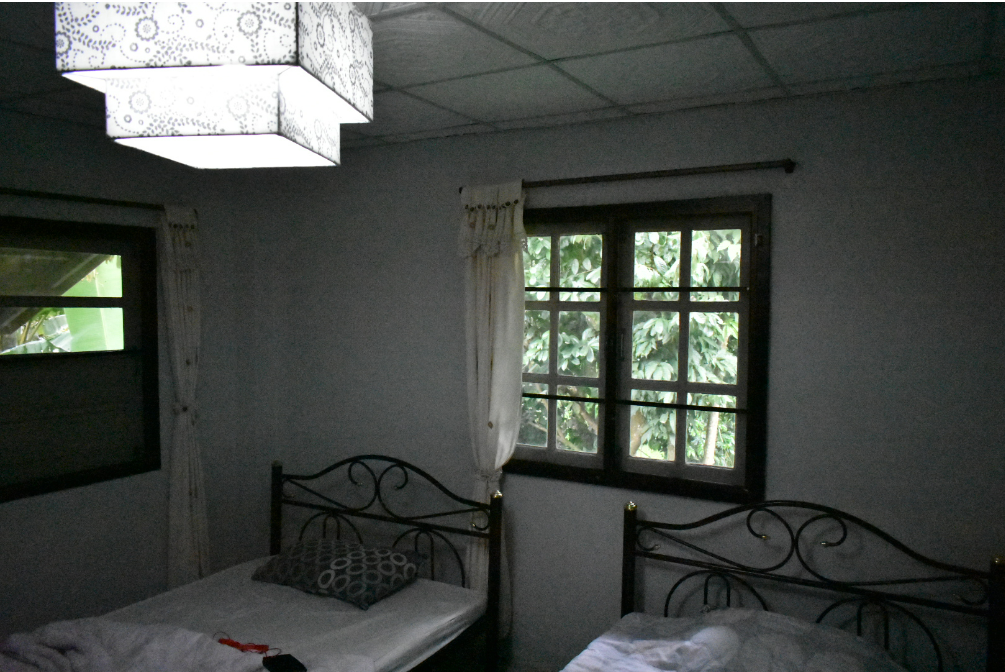

Truly amazing value, considering it got me all that along with a garden with a decent number of birds and access to a very reasonably priced cafe. You never visit national parks expecting a culinary adventure, but the hot coconut pudding I had there was something else!
For breakfast, I headed into the nearby Hmong village for some of the best noodles and pork ever.
Mae Chaem and Chom Thong, two towns outside the western and eastern gates of the park respectively, also offer good options. In Mae Chaem, Kwan Lah Homestay was on I liked the look of, while in Chom Thong Inthanon Hostel is worth a gander. Bear in mind that staying here will mean paying entrance fees each day you enter DI, and higher temperatures in Chom Thong’s case.
Getting there
DI has a lot of uphill gradients, some steep and some long-lasting, so make sure your wheels/ muscles are well oiled.
I just walked from Mr Daeng’s to the jeep track where I did my birdwatching, as it was only 3km. Frequent road markings helped me keep on track, though these were sometimes obscured.
Mr Daeng’s and the campsite are near the main road, and songthaew go along this road. They are infrequent but should not cause problems for anyone who has all day – I only waited about 45 minutes. There are no stops or stands, so you just have to find an area where you can see the road ahead and flag one down. If it’s heading east, it’s guaranteed to go to Chom Thong, from where you can catch another to Chiang Mai.
When heading to DI, it’s probably best to also say “Chom Thong” and then take another songthaew into the park. Saying “Doi Inthanon” upfront is likely to result in explaining that you don’t want a private charter.
Personally, I booked a tour so that I could catch the non-wildlife sights and arranged for them to drop me off at Mr Daeng’s. These can be booked from most agencies and guesthouses in Chiang Mai.
How much everything costs
Entry fee (foreigner): 200 THB (included in tour price)
Tour: 1150 THB, included lunch, transport, guide and entrance
Mr Daeng’s: 500-1500 THB (most rooms cost 800)
Songthaew to Chom Thong + Chiang Mai: 70 + 36 THB
Guesthouse dinner (beer, noodles, pudding, coffee): 150 THB
Breakfast (noodles and can of coffee): 50 THB

